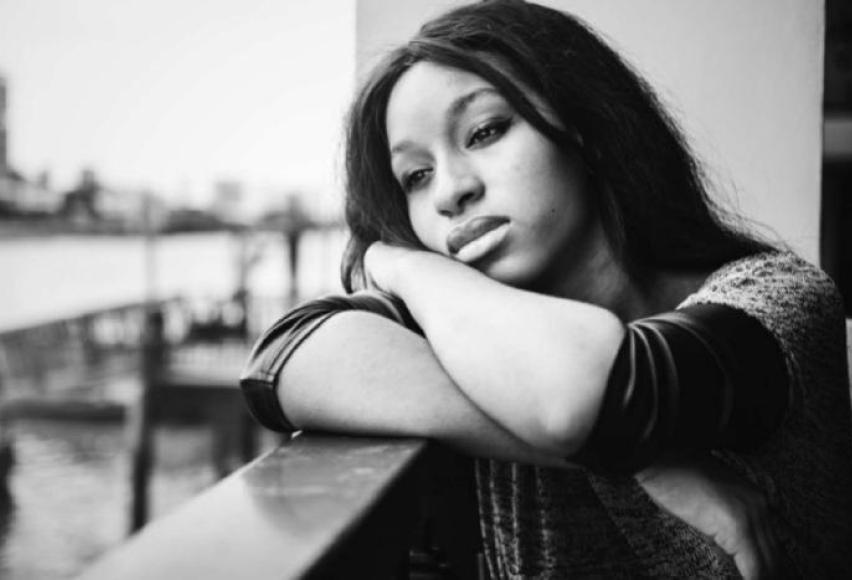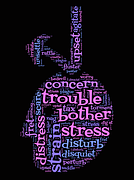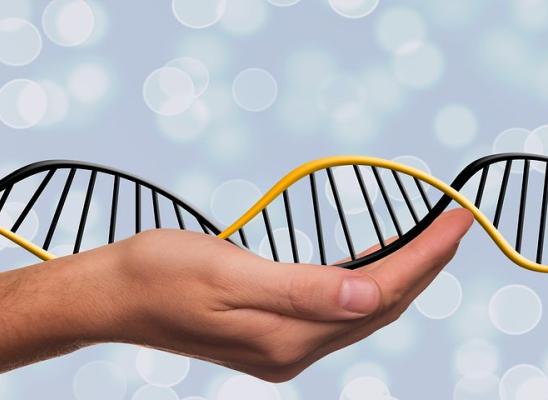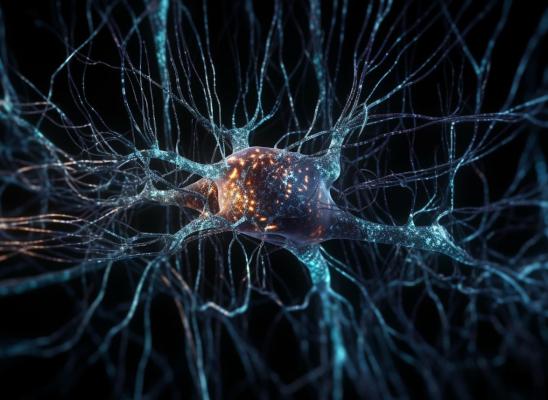The Role of Trauma in Trich Onset

Online test
Find out the severity of your symptoms with this free online test
 Individuals who suffer from trichotillomania often pull one hair at a time and these hair pulling episodes can last for hours at a time. Trichotillomania can go into remission, whereby the individual suffering from the condition may not experience the urge to pull for days, weeks, months and often even years in some likely cases. It may manifest itself in a very mild casual form to a condition that is all consuming. In such cases where the condition is destructive, the patient is often suffering from stress or tension, and relief is sought by pulling hair out. This habit is therefore thought to be a form of self-soothing to assuage feelings of extreme anxiety and depression. The question then is, what causes a person to cause such unwanted damage to themselves?
Individuals who suffer from trichotillomania often pull one hair at a time and these hair pulling episodes can last for hours at a time. Trichotillomania can go into remission, whereby the individual suffering from the condition may not experience the urge to pull for days, weeks, months and often even years in some likely cases. It may manifest itself in a very mild casual form to a condition that is all consuming. In such cases where the condition is destructive, the patient is often suffering from stress or tension, and relief is sought by pulling hair out. This habit is therefore thought to be a form of self-soothing to assuage feelings of extreme anxiety and depression. The question then is, what causes a person to cause such unwanted damage to themselves?
What triggers onset?
There is a high comorbidity between body-focussed repetitive behaviors (BFRBs) like trichotillomania and other mood disorders, but a direct causal relationship has not been found. However there is a question as to whether the reaction to the symptoms of mood disorders could trigger the onset of BFRBs such as trichotillomania. For many people with mental disorders a history of trauma can often be found. The word “trauma” is used to describe experiences or situations that are emotionally painful and distressing, and that overwhelm people’s ability to cope. Trauma has been shown to lead to destructive habits such as addiction as the person seeks ways to escape the overwhelming feelings of anxiety or tension which builds up as a result of the trauma. Trichotillomania often starts off in early childhood. Young children, more often girls, begin by playing with the hair on their heads in situations of stress, anxiety, frustration or boredom. The hair playing then escalates to hair pulling where hair is pulled out strand by strand, resulting in baldness and emotional trauma. Strands that are pulled out become an object of fascination for sufferers with them investigating the strand in the minutest detail and also rubbing the root between their fingers as an act of stress relief. Over time the hair pulling intensifies with sufferers pulling out more and more hair from their heads and even moving on to other parts of their bodies on areas such as their eyelashes and eyebrows.
Response to trauma
Although the cause of this compulsive disorder is largely unknown, it appears that trichotillomania can be triggered by an initial trauma, thus indicating that this particular disorder is ‘response’ behaviour, rather than a stand-alone illness. Trauma in childhood such as physical or sexual abuse, loss of a loved one, or any emotional upheaval such as divorce could cause a young child or even an older one to begin pulling out their hair. Other factors such as low self-esteem, obsessiveness with one’s looks and poor self-control, more common in teenagers, could also contribute to the need to pull. Many individuals suffering from trichotillomania cannot pinpoint the exact moment they started pulling, but a large number of them do remember it starting around the time of some upheaval or traumatic incident in their lives. Once the urge to pull turns into a compulsion it becomes almost impossible for the person afflicted with the condition to stop without some type of intervention from a friend or family member. For many compulsive hair pullers, the act of pulling the hair provides a sense of release from tension and anxiety. In time the pulling increases as the person does not find relief in merely pulling a few strands of hair. But the vicious cycle is hard to break. Although in most cases trauma leads to trichotillomania with sufferers feeling relief from the act of pulling, hair pulling is what then causes a repeat of the anxiety. The person afflicted with this condition feels an almost magnetic attraction between their fingers and their hair. Although they may want to stop the episodes of hair pulling, the urge to pull is a type of addiction which is very difficult to stop. In this unfortunate cycle trauma begets more trauma.
A vicious cycle
Added to the trauma and the compulsion which sufferers feel is the obsession with hair culture that our modern society propagates. The person suffering from trichotillomania may want to stop but she is continuously bombarded with messages of perfection which she feels is impossible to attain. Anxiety rears its ugly head and the urge to pull intensifies. Another problem which results in further trauma is the sense of isolation sufferers feel. Most, if not all family members are unable to understand the condition and are often quick to judge the person. This distresses the sufferer and she often has nobody to turn to. People afflicted with trichotillomania can successfully manage the behavior, but new traumas can trigger a recurrence, leaving sufferers feeling that there is no end in sight and that they will be pulling forever. This is one of the reasons cognitive behavioral therapy (CBT) has been seen to be most effective with this disorder as it imparts the sufferer with sustainable tools that addressed the underlying thoughts and emotions rather than only addressing the behavior.
Online test
Find out the severity of your symptoms with this free online test
Start your journey with TrichStop
Take control of your life and find freedom from hair pulling through professional therapy and evidence-based behavioral techniques.
Start Now



